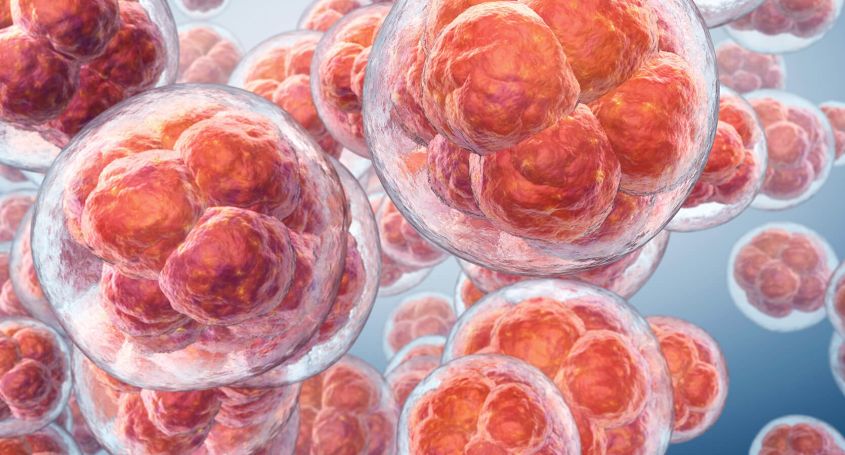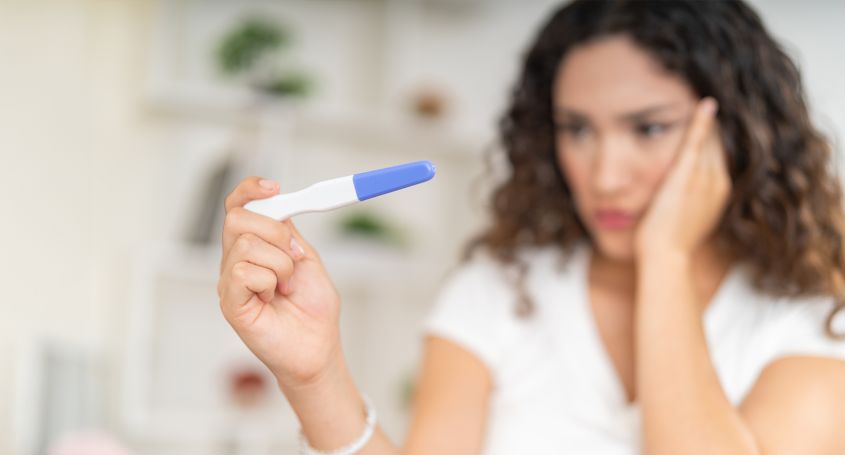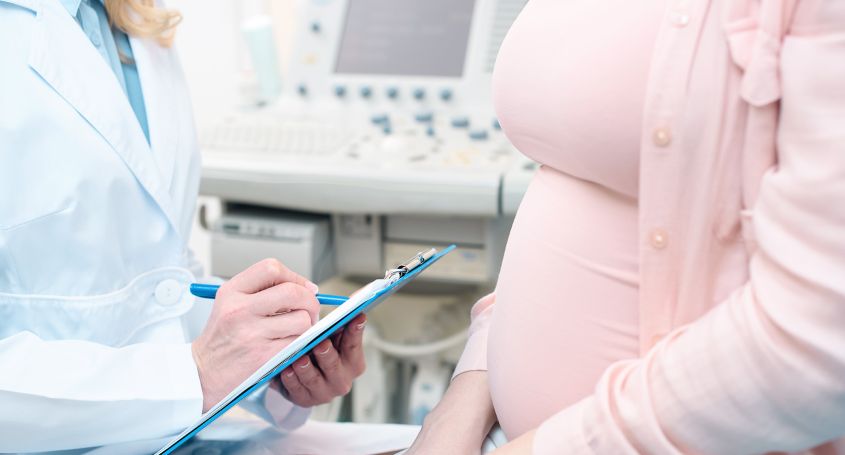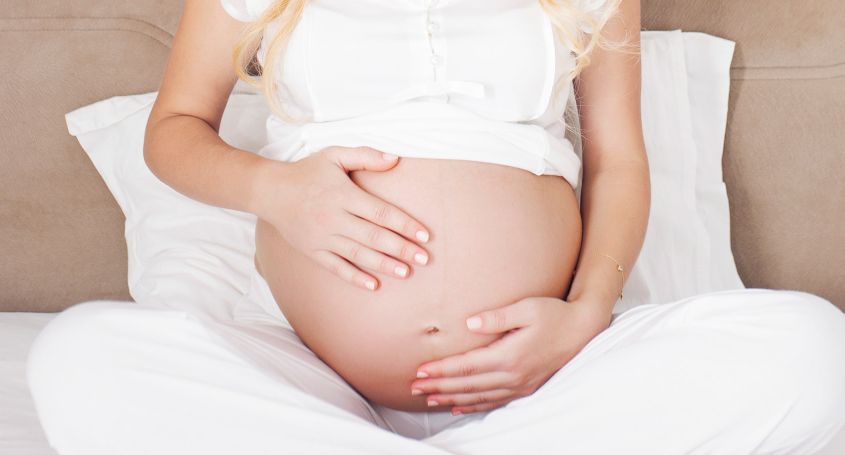Regular menstrual cycles are key to fertility. For this reason, in this publication we explain what cycles are like and how you can recognise the fertile days, those when a woman is most likely to get pregnant.
What is the menstrual cycle like?
The menstrual cycle is regulated by the brain and the ovaries which, through hormones, cause changes in the uterus and follicles. A normal menstrual cycle is considered to last between 24 and 37 days. However, menstrual cycles below 26 days may indicate low ovarian reserve and above 34 days may indicate ovulation problems or low ovarian reserve. They should therefore usually last between 26 and 34 days and comprise 3 phases:
- Follicular phase: begins with the onset of menstruation and ends at ovulation. During this phase the body prepares to ovulate. In this phase the levels of oestradiol (oestrogen) start to increase.
- Ovulatory phase: At this stage the follicles release the egg, also known as ovulation. It happens in the middle of the menstrual cycle (day 14) and occurs because oestrogen and LH hormone reach their peak levels and trigger ovulation.
- Luteal phase: This occurs between ovulation and the onset of the next menstrual period. After the previous phase, progesterone levels increase. At this point the body prepares for a possible pregnancy.
What is the fertile period of the menstrual cycle?
We understand the fertile period as the 5-6 days when a woman is most likely to become pregnant. The fertile days correspond to the ovulation period which generally occurs in the middle of the cycle. However, this time-frame is approximate, as in irregular cycles they vary.
How can I recognise my fertile period?
There are different possibilities to find out which are the fertile days of your cycle. Normally, hormone levels cause a change in the basal body temperature of between 0.4°C and 1°C. However, this temperature increasement occurs 2 to 3 days after the most fertile days. On the other hand, a sign that gives us information is the change in texture and consistency of the vaginal discharge and cervical mucus. On fertile days the vaginal discharge becomes clear and abundant and is often said to resemble egg white. In addition, breast tenderness and turgor are also some signs to watch out for, as well as increased libido or mood swings. As you can see, these methods are not accurate, so if you are looking for a way to know your fertile days accurately, you can opt for an ovulation test, which detects LH hormone levels in urine.
What happens in irregular cycles?
In irregular cycles, ovulation may occur on different days than expected in a regular cycle, or even not at all. However, the methods for recognising whether ovulation has occurred are just as valid as in regular cycles.
There are many causes of infertility, including premature ovarian ageing, genetic abnormalities such as chromosomopathy, polycystic ovarian syndrome and immaturity of the hypothalamic-pituitary-gonadal axis (the axis that regulates the reproductive system).
Do you have doubts about your fertility? At Barcelona IVF we offer a basic fertility study, contact us!



















